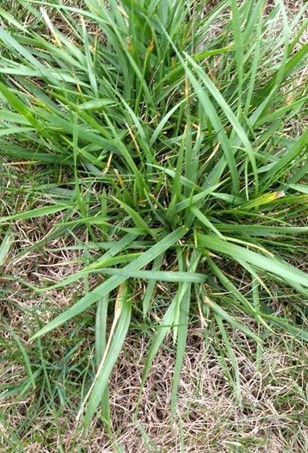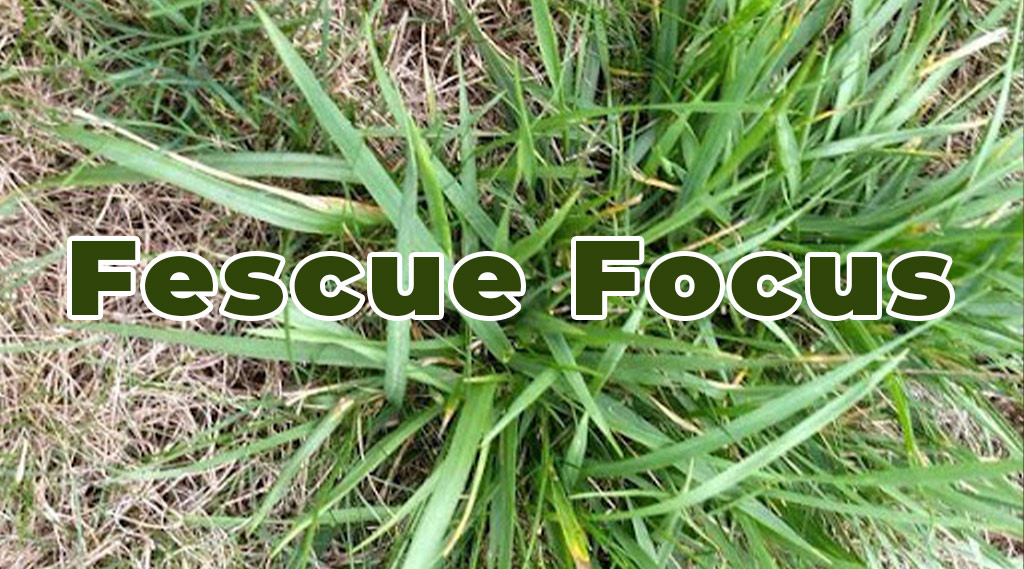Occasionally people ask what we recommend for annual lawn care treatments. Given that it’s a prime time to start, let’s talk about what a typical homeowner’s lawn care might look like in our area. If you are a DIY-er, we are big fans of the Scotts® 4 Step® Program.
What to know

Beginning in April, you should start your lawn with a dose of crabgrass preventer, which also serves as a wake-up call for your lawn. Crabgrass needs to be tackled before it goes into its germination cycle, so prevention is the key here. After about 4-6 weeks, you should apply a dose of weed control and lawn food. Scotts® recommends applying to a slightly wet lawn to allow the granules to stick to the broadleaf weeds (dandelions and clover being the most common). This makes it much more effective in killing them.
Then in mid-summer, you should apply another round of lawn food. If you are just beginning, we recommend a dose of weed control/lawn food instead, to help get things under control.
Lastly, in mid-Fall, a dose of Fall Lawn Food is recommended. It helps strengthen root systems and fill in any bare spots just before things go dormant.
Lawn Care Steps
It sounds simple, but there are a few key principles everyone should understand:
Treat your Lawn
Treating your lawn occasionally or waiting until it’s looking drab and uninviting is wasting time and money. Compare your lawn to how your body might react when you are exercising – if you suddenly stop treatments, you will take steps backward on your progress. If you do it periodically, you aren’t going to get your desired result. Soil qualities in residential areas, especially newer neighborhoods, are generally poor. You need to stay disciplined in applying products so that the grass can live its best life!
Soil Quality
Speaking of soil quality, we strongly recommend an annual aeration treatment prior to the Fall treatment to break up the (generally) clay base and provide a means for better nutrient absorption. In addition, a dethatching treatment should be considered if dead lawn materials are preventing your lawn from thickening up in the Spring.
Application Amount
We are somewhat liberal in following Scotts® recommendations on application rates. Too little, and it’s not effective, too much and you can kill off your lawn. Applying at 1.5x the recommendations on the packaging serves most well and provides more immediate results.
Active Ingredients
We are chatting about Scotts® specifically today, and they are rather expensive when compared to other brands. It’s important that you compare ingredients if you are going to try to cut that corner. Most of the negative feedback we hear is from someone using a bargain brand product with ¼ of the active ingredient and expecting a superior result.

Fescue
There is one other common lawn demon we need to mention that even the power of Scotts® can’t tackle. In fact, nothing but good ol’ glysophate (RoundUp®) will even touch it – its fescue (pictured).
Fescue is not actually native to the United States! It was brought here to help fill in the landscape and provide forage to livestock in drought-stricken areas in the western states centuries ago. It’s the spots that always seem to thrive no matter the conditions and drop hundreds of seeds each season. In several states, you might see this being the only form of yards that survive. Locally, we see their clusters as unsightly, and annoying. Unfortunately, unless you are willing to dig each clump out (not recommended due to complex root structure) or spot-treat each area and replant seed, you will probably just want to learn to love it!
If there are any other home/lawn/landscape topics you’d like to learn more about, feel free to drop us a comment or question! Have a great week and good luck with your lawn care!

